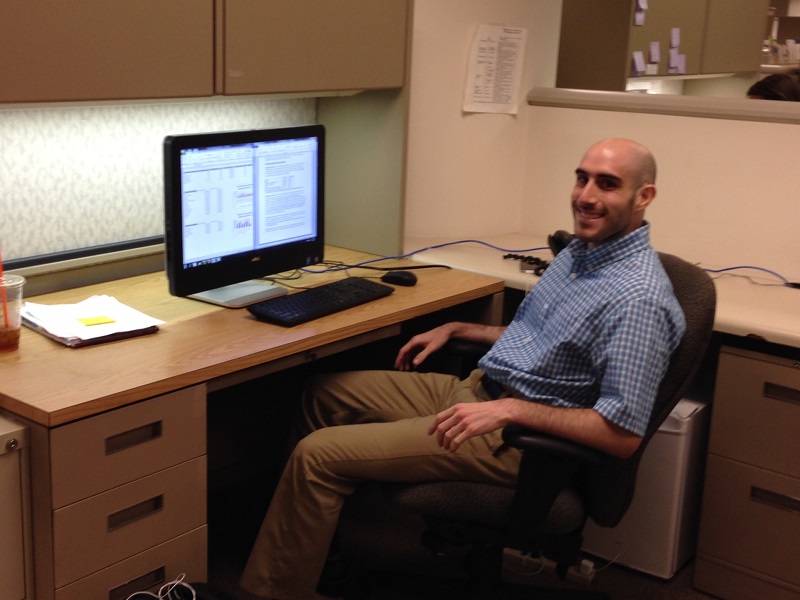Monthly Archives: August, 2014
PRACTICUM EXPERIENCE 2014: CHICAGO DEPARTMENT OF PUBLIC HEALTH Heading link

Posted: August 5th, 2014
So far, our time at the Women and Children’s Health Division at the Chicago Department of Public Health (CDPH) has been very translational to what we learned in our first year at the University of Illinois at Chicago, School of Public Health (UIC SPH). We are conducting a Community Health Needs Assessment for the MCH population in Chicago under the guidance of CDPH Assistant Commissioner, Susan Hossli. To start, we gathered quantitative data in the form of vital statistics; this included infant mortality rates, low birth weight percentages, preterm deliveries, and teenage pregnancy rates for Chicago and the 77 community areas. We used the data to identify 18 community areas that have the poorest outcomes and we designated them as “Hot Spots.” These community areas are located on both the South and West Sides of Chicago.
After we compiled quantitative data for Chicago and the Hot Spots, we created a demographic picture of each neighborhood, which included socioeconomic status, overall health, education attainment, insurance, income, housing, poverty, crime, food access, and educational resources. These topics touched on what we learned in the Determinants of Population Health class, a new introductory class in the pilot core (IPHS 494). We learned that health is not only affected by biological factors, but also where you live, learn, play, work, pray, and age. It is also pivotal to understand that factors affecting health run the entire life course, as well as transcend generations.
Following the quantitative data, we prepared a systems analysis for each community area. The systems assessment analyzes the available resources in one’s neighborhood; this includes, but is not limited to Healthy Start programs, FQHCs, Healthy Families, Better Birth Outcomes, family case management, hospitals, clinics, birthing hospitals, WIC, family planning, behavioral health programs, and dental programs. This process was very informative because we gained a holistic view of the healthcare environment in the Hot Spot community areas.
We took Community Health Assessment (CHSC 431) in Spring 2014, and it was the perfect primer for this practicum. The knowledge, skills and tools we gained in that class proved essential for our success in this practicum. In CHSC 431, we learned the basics of a community health assessment: what it is, how the process works, where to find the appropriate and credible data, how to identify priority issues, how to obtain and analyze qualitative data, and then how to disseminate the information to community groups and key stakeholders. Another useful class prior to this practicum was MCH Delivery Systems: Services, Programs, and Policies (CHSC 511). In this course, we were introduced to the concept of what a health care delivery system is. We learned about the service delivery system for women, infants, children, and children with special health care needs. Our cumulative project over the semester was to synthesize and analyze the MCH delivery system for various states.
For a holistic view on the health status of Women and Children in Chicago, it is necessary to have a mixed-methods approach for data acquisition. Quantitative data is important to provide a snapshot of the health status, but qualitative data provides a full narrative of the gaps in access to a healthy life. We are currently scheduling focus groups on the West and South Sides of Chicago with consumers, service providers, and community based organizations. The focus groups will complete the needs assessment, and then a Strategic Plan for the City of Chicago will be formulated based on the data and gaps in services found in the needs assessment.
This practicum has been a learning opportunity since we have seen our coursework play out in a practical setting. It is exciting to see our work with the needs assessment play such a large role for the Department of Public Health. This project was undertaken with the hopes of influencing future programming and decision making within the city for healthy mothers and babies.
By Joanna Tess and Dan Weiss, UIC MCHP Students